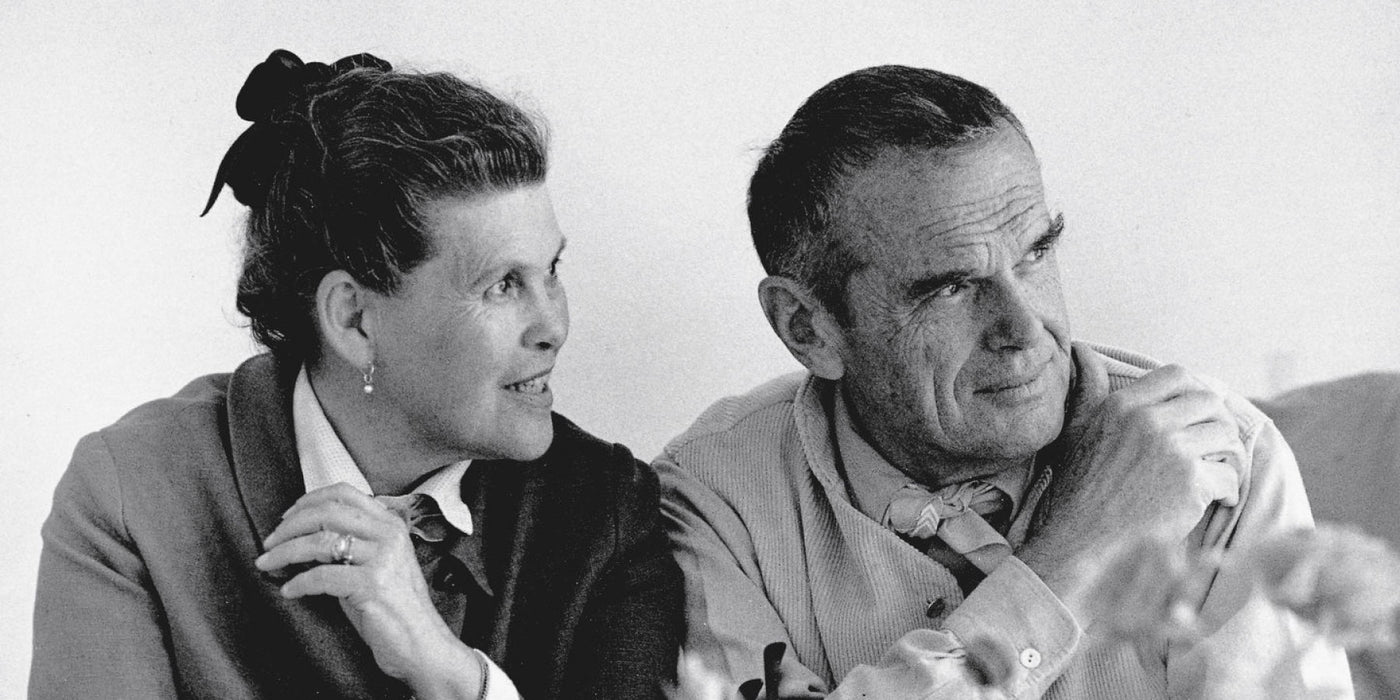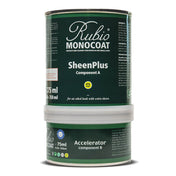The Eames House
Nestled into a grassy hillside dotted with Eucalyptus trees and overlooking the busy streets of Pacific Palisades, CA stands the former residence and working studio of the iconic design duo, Charles and Ray Eames. It was originally created in 1949 as part of Arts & Architecture magazine’s Case Study House Program, which challenged architects to design homes that reflected life in the modern world using techniques and materials developed during World War II. The two rectangular structures, made primarily from glass and steel, work seamlessly with the surrounding nature to, as Charles himself put it, act as a “reorientor and shock-absorber” providing the needed relaxation from the daily complications arising within problems.

The Eames House is located in the Pacific Palisades neighborhood of Los Angeles, CA.
The Conservation Project
Flash forward 70 years and The Eames Foundation has embarked on an ambitious conservation project to ensure the modernist masterpiece will be around to inspire future generations. They call it the 250 year project. With the help of preservation and renovation professionals like Escher GuneWardena Architecture and the Getty Conservation Institute, many crucial and preemptive steps have been taken to combat deterioration and ensure the property’s longevity. So far, they have replaced damaged floor tiles, made repairs to the home’s steel structure, and worked with engineering firm Wiss, Janney, and Elstner Associates to replace the roof. The preservation efforts extend to the surrounding landscape, with pruning every few years and the felling of Eucalyptus trees when necessary. New trees are planted to replace old ones and the recently chopped wood has led to a unique opportunity to own a true piece of the Eames’ legacy.

Eucalyptus trees surround the property and were a personal favorite of Charles and Ray. (Pippa Drummond. © Herman Miller, Inc.)
The Eames LTR Table
Originally created in 1950, the low table rod base (LTRs) were made using a revolutionary mass-production technique, discovered by the Eames, for simultaneously welding wire rods. It has the tell-tale signs of Eames’ design with those welded wire rods as a base and beveled edge that reveals the beautiful Eucalyptus end grain. The LTRs are small in size (10 inches high) but they have a large impact on any room. They are extremely versatile with the ability to be stacked like shelves, combined for a large coffee table, or simply used as a stand-alone accent piece.

The LTR table is versatile and lightweight without sacrificing style and beauty. (Pippa Drummond. © Herman Miller, Inc.)

The beautiful Eucalyptus top was finished with Rubio Monocoat Oil Plus 2C "Pure". (Pippa Drummond. © Herman Miller, Inc.)

The LTR table is a piece of design history. (Pippa Drummond. © Herman Miller, Inc.)
Herman Miller was a Michigan business man who helped his son in law, D.J. De Pree, purchase the Michigan Star Furniture Company in 1923. Once he acquired the company, D.J. De Pree decided to rename the company Herman Miller after his father-in-law, who was held in high regard as an honest and trustworthy man. By the middle of the 20th century, the name Herman Miller was synonymous with modern furniture. Over the years, the company has worked with a long list of influential designers including Charles and Ray Eames.
Herman Miller partnered with a Swiss company called Vitra for this project. Since the mid 1950’s Charles and Ray Eames have had a profound and lasting influence on Vitra. It was the encounter with their work that spurred the company's beginnings as a furniture manufacturer. Since then, Vitra, like Herman Miller, has also worked side by side with some of the 20th century’s most influential designers to create innovative products and concepts seen throughout the world in a variety of settings. Additionally, the Vitra Campus, with buildings by some of the world’s leading architects, and the Vitra Design Museum with exhibitions on design, architecture, and modern furniture, are examples of the way Vitra is working to progress every aspect of design into the future.


